Intervention plan for the comfort and safety of pedestrians and cyclists in Old Québec City (Vieux-Québec)
Quebec
QC
Award Category:
Urban Design Plans
Lead Firm: Groupe A / Annexe U
Completion: May 2018
The purpose of this intervention plan is to improve the level of comfort and safety of pedestrians and cyclists in Old Québec City (Vieux-Québec), a historic neighbourhood that is popular with tourists. By developing “families” of streets according to the findings of a multi-criteria analysis, the plan serves as a decision and design support tool for redevelopment work in the area. Based on the complete streets concept, it includes proposals for the redevelopment of these groups of streets, an implementation plan spanning 15 years, and a multidisciplinary and participatory approach.




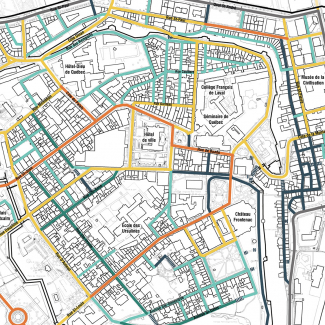
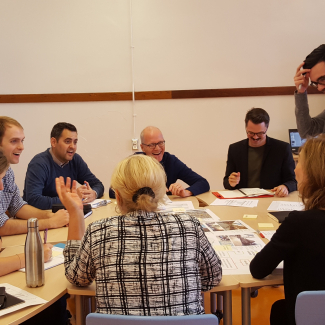
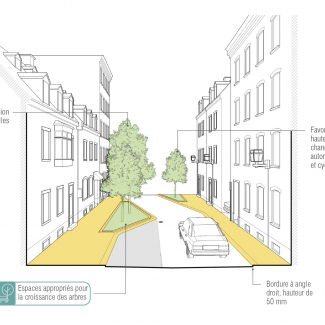
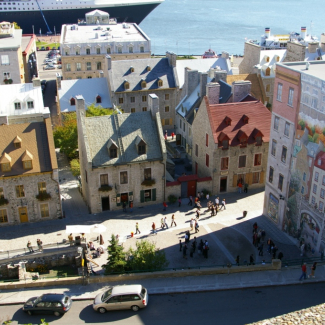
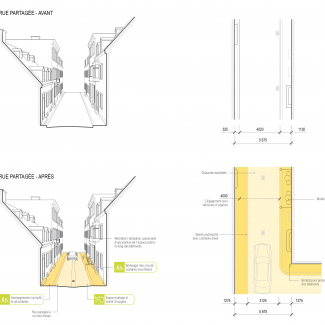
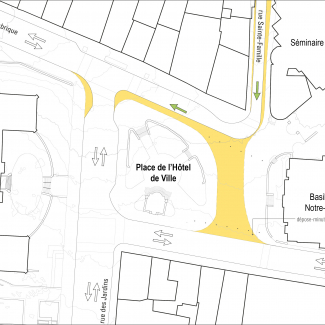
"An Award goes to an ambitious pedestrian and cycling plan in old Quebec City—one of Canada’s most historic and valued urban precincts. Part study and part master plan, this was a well -researched, comprehensive, innovative and beautifully presented project.
"The plan reflects the unique history, topography, climate, and built form of old Quebec City and considers it from a cyclist’s perspective. While certainly not a standardized template, the plan provides an example of how other cities and towns might successfully plan for pedestrians and cyclists."
"It is an extremely comprehensive infrastructure planning study whose novelty lies—in part—in the inclusion of non-traditional considerations such as topography, scenic views, and character, solar exposure, and heritage interpretation. The analysis is exhaustive and the rationale for the various proposed strategies and policies clearly articulated and communicated. The proposed site interventions, such as the treatment of intersections, are simple but effective and refreshingly responsive to contextualized conditions. The use of a permanent “workgroup” of various stakeholders throughout the project is commendable. An outstanding framework for guiding the improvement of pedestrian and cycling infrastructure at the scale of a large urban district—especially given the complexity and historical significance of its context."
Jury members